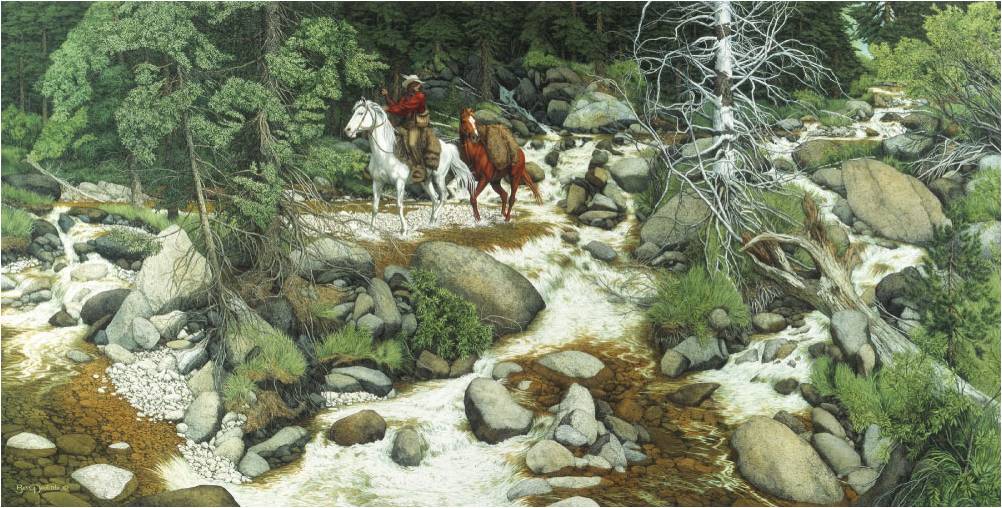第五講:Spatial Vision and Form Perception
出自KMU Wiki
(修訂版本間差異)
| 在2011年10月15日 (六) 15:09所做的修訂版本 (編輯) 98007021 (對話 | 貢獻) (→theory of unconscious inference P.118) ←上一個 |
在2011年10月15日 (六) 15:14所做的修訂版本 (編輯) (撤銷) 98007021 (對話 | 貢獻) (→Grill-Spector (2004) p.122) 下一個→ |
||
| 第197行: | 第197行: | ||
| *Figure 5.47 | *Figure 5.47 | ||
| **fMRI資料顯示,FFA不只對是否看到臉有不同反應,也會因為受試者的反應正確與否而有不同的反應 | **fMRI資料顯示,FFA不只對是否看到臉有不同反應,也會因為受試者的反應正確與否而有不同的反應 | ||
| + | |||
| + | |||
| + | ====Sheinberg and Logothesis (1997) p.122==== | ||
| + | *Figure 5.48 | ||
| + | *binocular rivalry | ||
| + | **IT上的細胞會根據猴子的主觀知覺是看到類似太陽的刺激還是蝴蝶而有不同的反應 | ||
| + | |||
| + | |||
| + | ====Tong等人(1998)實驗 p.123==== | ||
| + | *Figure 5.49 | ||
| + | **當觀看者,經驗到非臉,則 PPA>FFA | ||
| + | **經驗到臉,則 FFA>PPA | ||
在2011年10月15日 (六) 15:14所做的修訂版本
知覺心理學第五講
日常所見
機器視覺
Spirit in Mars
2004-1-4 Sashimi (生魚片)
Spirit
Inverse projection problem
又稱 Inverse Optics
Figure 5.4
- An environmental sculpture by Thomas Macaulay
- <-從二樓陽台看
從一樓看->*
Figure 5.5
- 找一找鉛筆和眼鏡
Figure 5.6
- 這些人是誰?
Figure 5.7
- 從不同角度看
Figure 5.8
- 哪些照片是同一個人?
The Gestalt Approach to Object Perception P.104
完形心理學
- Figure 5.9根據這些點(dot)累積創造出我們對臉的知覺的嗎?
似動現象(Apparent Movement)
- Figure 5.10
錯覺輪廓(Illusory Contour)
- Figure 5.11
Pragnanz
相似性 law of similarity
- 身體、肢體、球桿、視線方向均相似
Good continuation (5.16)
好的連續效果被視為交織鏈
- 共同區域(Common Region,圖5.18b)、
連結律(Uniform Connectedness,圖5.18c)、 以及同步發生(Synchrony,圖5.18d)
- Common fate
- 12張臉孔在內?
- 你看到什麼?
- 知覺到的其中一個物體,另一個就成為背景
(a)實驗呈現方式 (b)當深色方塊被看成背景, 則小黑點落在小方塊邊界上 (c)當被看成中間有孔的深色方塊, 則小黑點落在黑色方塊邊界上
- Figure ground
separation 圖形 背景分離
Gestalt law as Heuristics
Recognition by component
Non-accidental properties
- 上面的三條線
- 上面的兩條線
都是非偶發特性(non-accidental
properties)
- Biederman的實驗
Nonaccidental properties
- 6個geons的飛機
- 3個geons的飛機
場景知覺(Gist of the Scene)
- Mary Potter(1976)
- 快速呈現16張複雜場景圖片,每張只呈現250毫秒。
- 再呈現另一張測試圖片,問受試者是不是之前出現過的
- 結果受試者都可以看得到
- p.114 figure 5.34
- Li Fei-Fei (2007)
- 利用masking
- 每張圖片呈現27到500毫秒,每張圖片呈現完之後會呈現一個mask來精確控制刺激呈現時間
- 結果67ms 即可辨識
- p.115 figure5.35
- Masking
- masking procedure
- 抵消�persistence of vision
Global Image Feature
- Oliva and Torralba (2001, 2006)
- Degree of naturalness
- Degree of openness
- Degree of roughness
- Degree of expansion
- Color
參見p.115 figure 5.36
light-from-above heuristic
- 實例
Semantic Regularity
- Figure 5.39 (P.117)
- Hollingworth (2005)
- 前圖為例,條件為二
- 目標出現
- 目標不出現
- 作業
- 目標出現在何處
- 目標該出現在何處(在無目標條件下)
- 結果
- 小圓:目標出現時
- 大圓:目標不出現時
- Figure 5.40 (p.118)
- Palmer (1975)
- 先呈現給受試者流理台的圖片(圖5.40左)
- 然後再快速閃現另一組圖片(圖5.40右)
- 當後面出現的這張圖片為麵包的時候,受試者的正確率較高。
- Figure 5.41 (p.118)
- multiple personalities of blob
- Oliva & Torralba (2007)
The Role of Inference in Perception
Theory of unconscious inference (P.118)
當我們面對不清楚的刺激時,視覺系統會根據其他各種條件,比如過去經驗,去推測當下的刺激為何。這樣的知覺推理歷程稱之為theory of unconscious inference
- Figure 5.42
- likelihood principle
- Bayesian inference
Neurons That Responds to Perceptual Grouping and Figure-Ground(p.120)
Neurons of grouping
- Figure 5.43
- 原來對垂直線段有最佳反應的神經細胞(5.43a)
- 若置於其它隨機角度的線段中,反應會受到抑制(5.43b)
- 但若置於具有共線關係的線段中,便又使得反應增強(5.43c)
Contextual modulation
- Figure 5.44
- Lamme (1995)
- 如果線條符合V1細胞的接受區形式且在「圖形」中:反應(a)
- 如果線條符合V1細胞的接受區形式但不在「圖形」中:不反應(b)
How Does the Brain Respond to Objects?
Sensory coding(p.121)
- Figure5.45
- 在臉部知覺的部分,以下幾個區域會有怎樣的反應?
Connecting Neural Activity and Perception
Grill-Spector (2004) p.122
- Grill-Spector(2004)之實驗
- Figure 5.46
- Grill-Spector(2004)之實驗結果
- Figure 5.47
- fMRI資料顯示,FFA不只對是否看到臉有不同反應,也會因為受試者的反應正確與否而有不同的反應
Sheinberg and Logothesis (1997) p.122
- Figure 5.48
- binocular rivalry
- IT上的細胞會根據猴子的主觀知覺是看到類似太陽的刺激還是蝴蝶而有不同的反應
Tong等人(1998)實驗 p.123
- Figure 5.49
- 當觀看者,經驗到非臉,則 PPA>FFA
- 經驗到臉,則 FFA>PPA

